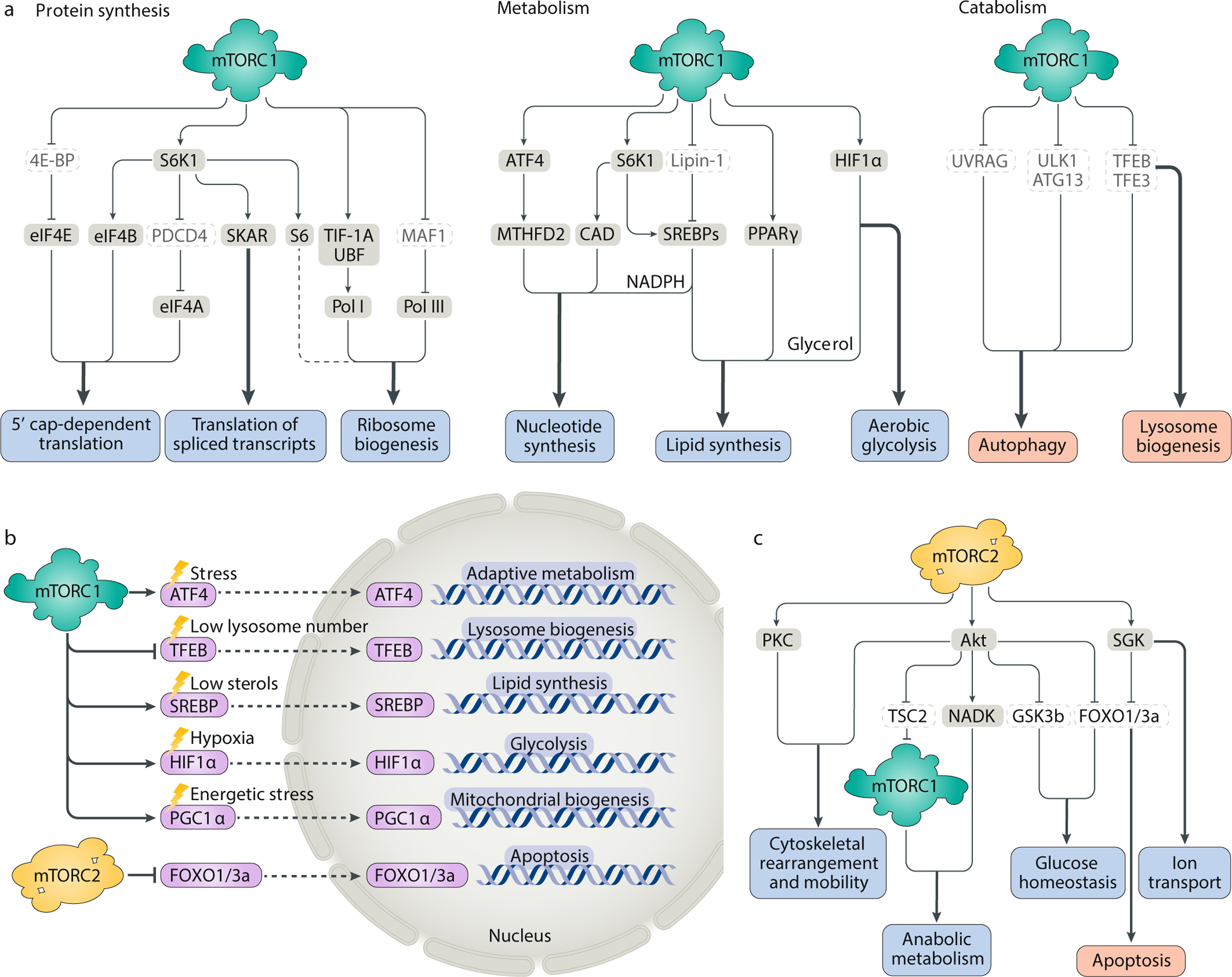Fig. 2: Targets of mTORC1 and mTORC2 signalling.

A. mTOR complex 1 (mTORC1) activation initiates a downstream anabolic programme that enhances the production of proteins, lipids, nucleotides and other macromolecules while inhibiting catabolic processes, such as autophagy and lysosome biogenesis. B. By regulating the expression or nuclear localization of transcription factors, mTORC1 and mTORC2 control the expression of genes that promote organelle biogenesis or alter metabolic flux through biosynthetic pathways. Although these transcription factors can be independently activated by specific, acute cellular stress signals (for example, hypoxia inducible factor 1α (HIF1α) can be directly activated by hypoxia and ATF4 can be directly activated by endoplasmic reticulum stress), mTORC1 and mTORC2 toggle the activation of these factors in a coordinated manner to support growth and proliferation. Thus, activation of mTORC1 can simultaneously activate ATF4, the sterol regulatory element binding proteins (SREBPs), HIF1α and yin–yang 1 (YY1)−peroxisome proliferator-activated receptor-γ (PPARγ) coactivator 1α (PGC1α) to drive diverse processes involved in cellular growth, all while blocking lysosomal biogenesis through transcription factor EB (TFEB). C. mTORC2 activates the AGC family kinases protein kinase C (PKC), Akt and serum- and glucocorticoid-induced protein kinase (SGK) to regulate the cytoskeleton, metabolism and ion transport and promote cell survival. CAD, carbamoyl-phosphate synthetase 2, apartate transcarbamoylase, dihydroorotase; 4E-BP, 4E-binding protein; eIF4, eukaryotic translation initiation factor 4; GSK3b, glycogen synthase kinase 3b; MTHFD2, methylenetetrahydrofolate dehydrogenase 2; PDCD4, programmed cell death 4; Pol I/Pol III, RNA polymerase I/RNA polymerase III; S6K1, p70 S6 kinase 1; TFE3, transcription factor E3; TIF-1A, transcription initiation factor 1A; TSC2, tuberous sclerosis complex 2; UBF, upstream binding factor; ULK1, unc-51-like autophagy-activating kinase 1.
